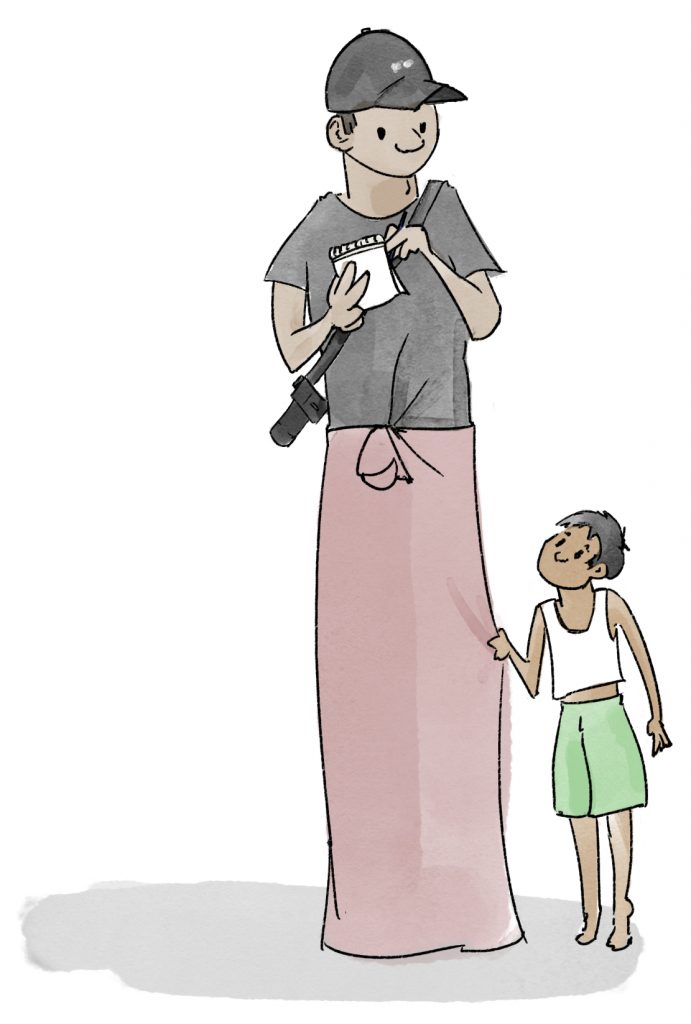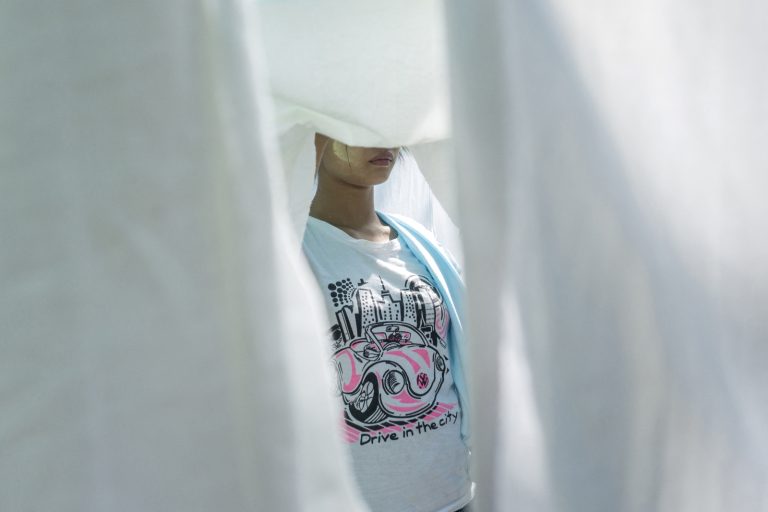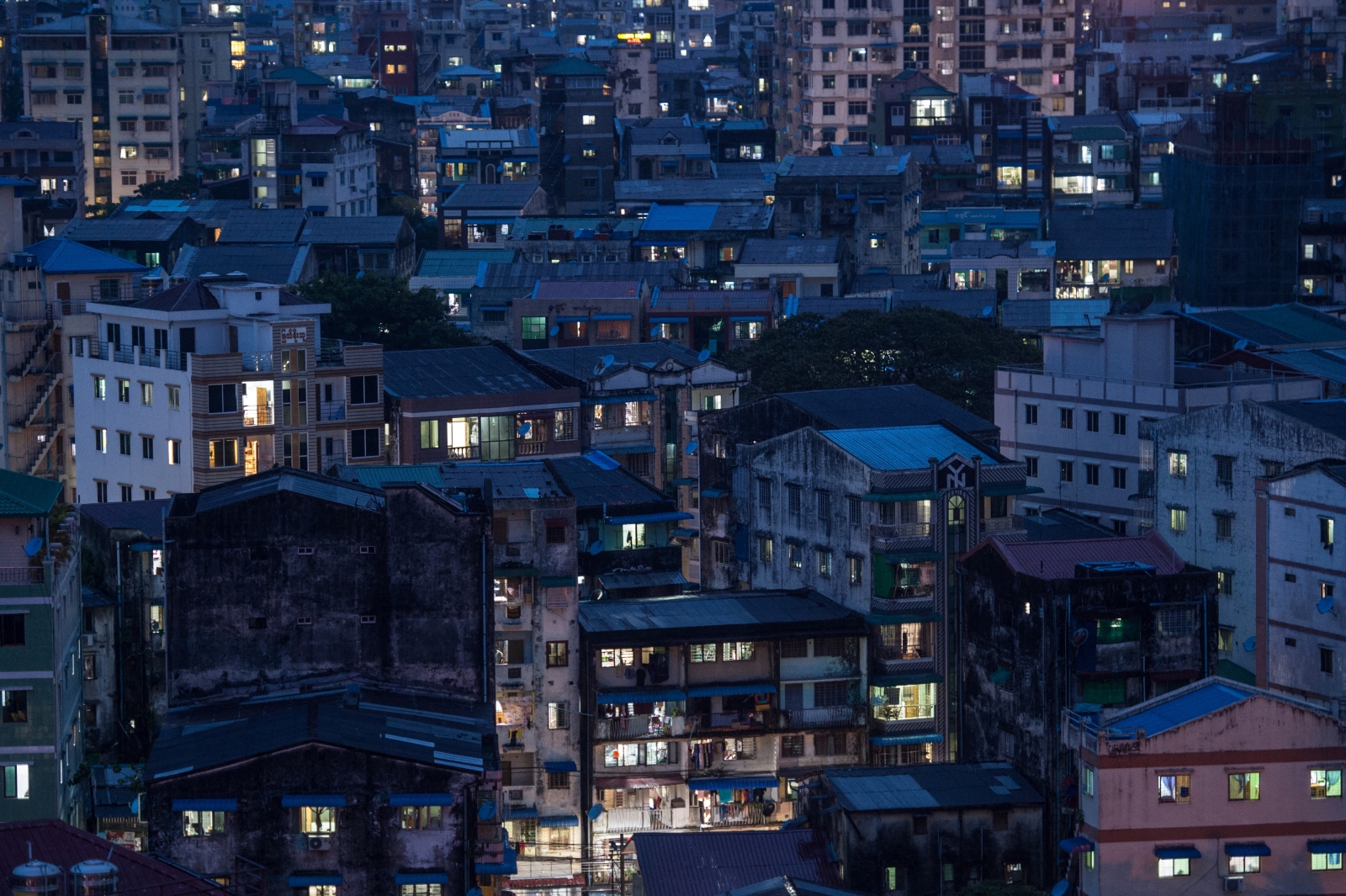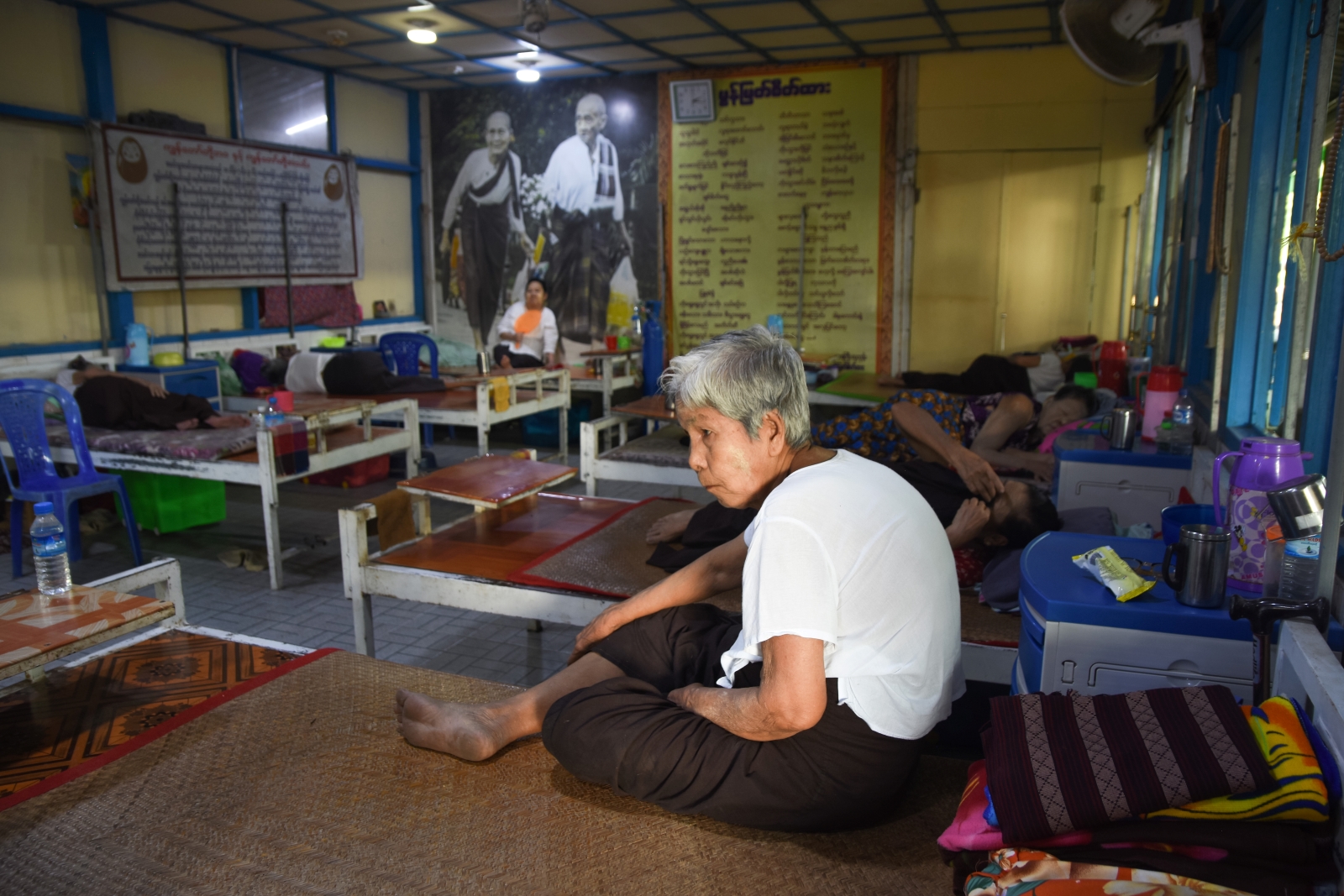While the Sangha keeps Myanmar’s abandoned children from the abyss, it’s no substitute for family life, writes Frontier reporter Pyae Sone Aung.
In December, Frontier photo editor Steve Tickner heard from a friend about eight babies who had been abandoned right after birth in northern Yangon’s Insein General Hospital. This set Steve and me on the path of producing a story about the poverty, social stigma and lack of government support that moves single mothers to leave their newborns at hospitals, monasteries and even refuse dumps in Myanmar’s largest city. Little did I expect, when we went by taxi from downtown to a monastery in Taikkyi Township in the northern outskirts, that the story would force me to confront the ghosts of my own youth in a Yangon monastery.
The abbot was welcoming and told us about the support programmes the monastery lays on for the more than 200 abandoned or orphaned children who live on the premises, which we inspected at our leisure. But though it looked like sincere efforts were being made to provide for these children, I felt extremely unhappy on the three-hour ride back to the city centre. I feared that, despite these efforts, the rigours of monastic life – and the attitudes that justified them – would leave these children as emotionally scarred as I had been.
In my dreams that night, fuelled by cheap brandy, I was back on my knees, trembling with anxiety in front of the abbot of the monastery where I spent 13 years from the age of seven.
As the dream went on, I went through my old daily routine as a novice monk, setting off in a barefoot procession with my peers at 4:30 in the morning to collect alms in the neighbourhood. On returning to the monastery at about 6:30, we laid tables and waited for our seniors to finish before eating breakfast ourselves. Dishwashing after that took an hour and at 8:30 we were expected to be in the classroom, where a monk with a stick kept discipline. At 9:30 came another alms round, followed by another meal, and at noon we had to be at a nearby government school. Our lessons over, we were back at the monastery at 5, sweeping the compound. After our final meal of the day, we gathered to recite Buddhist teachings between 6 and 7, and lashes would fall on our back if we got sleepy. On sweeping the prayer room afterwards, the slightest spot of dust left over would earn us extra lashes. Then came further study in the classroom, where signs of sleepiness were also punished. At 10, we could sleep, before the cycle repeated itself.
Only on weekends were we allowed in the playground or able to watch TV, and we considered these the most precious moments of our childhood. On every other day, the schedule was enforced by the lash. The abbot even made special orders for canes from Rakhine State, via a laywoman he was close to. But the means of punishment was not limited to canes; sometimes it was a broomstick, a piece of wood found nearby, or a metal container. Bruises and scars developed on our heads, backs, hips and calves.
Looking back, what chills me most is that all this was considered normal – by the monks, the parents and the children themselves. Violent punishment was not worth remarking on, and to a large extent this still seems to be the case.
I was to receive a harsh confirmation of this in 2017, three years after I had left the monastery. Reports of an incident were being circulated on Facebook in which a monk whipped a young novice with a wire till the boy was bloody and bruised for picking a forbidden guava in the compound of a monastery. I was furious and shared the news with a caption that criticised the monkhood in Myanmar. In response, one of the monks from my old monastery commented under my post, “Now you think you’re big enough to insult us, huh?” This was followed by a volley of comments from my friends at the monastery who agreed with the monk.
I have nothing but the highest regard for the monks at the monastery in Taikkyi who have chosen to care for so many abandoned children, and we saw no evidence of cruelty or physical abuse. But with only five male guardians for more than 200 boys and girls, the maintenance of order no doubt requires strict discipline, and it’s unlikely that each child is getting the attention they need. While monasteries such as this one are keeping children from the abyss, they are no substitute for creating a society and economy that grants everyone the security and warmth of family life.







